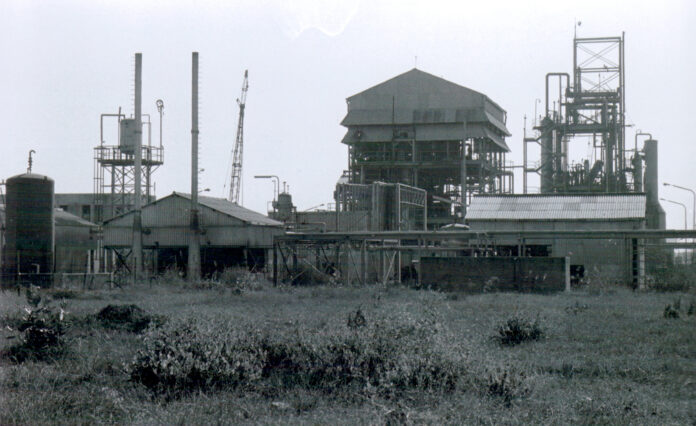In December 1934, the history of Bhopal changed forever with the Bhopal Gas leak. There was an ugly addition to the list of lakes and greenery, for which people knew the city. It is one of the world’s worst industrial accidents. A poisonous gas leaked from an industry of the Union Carbide in Bhopal, Madhya Pradesh via its Plant number C.
The leaked gasses predominantly included 40 tonnes of methyl isocyanate (MIC) among others. MIC is one of the most toxic gasses known to mankind. If its concentration in the air touches 21 parts per million, it can result in the sudden death of a person. The MIC concentrate in Bhopal at that time was multiple times higher.
World’s Worst Industrial Mishap:
The leak resulted in injuries to 5, 58,125 people and approximately killing around 4,000 people, as per government records. Different activists often claim that the death toll had gone somewhere between 8,000 to 10,000. There is no one official estimate which shows an exact figure as there has been an understatement of the tragedy since it saw the light of the day.
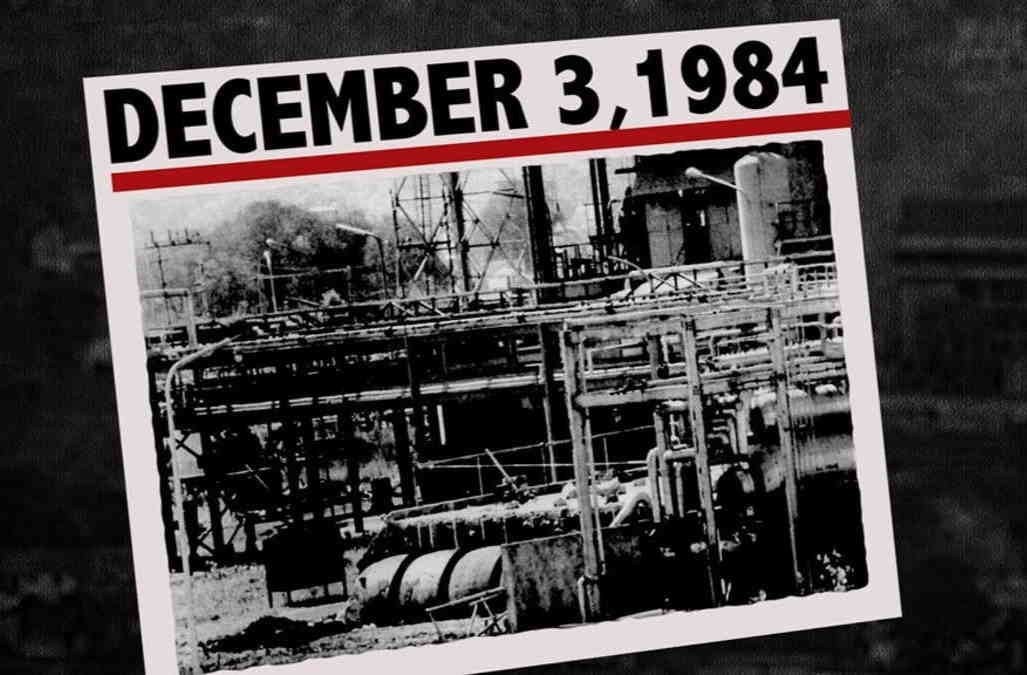
In light of the said mishap, the police arrested UCC President Warren Anderson and two senior UCIL officials in India and charged them with provisions relating to criminal conspiracy, culpable homicide not amounting to murder, causing a death by negligence, mischief in the killing of livestock, making the atmosphere noxious to health, and negligent conduct in respect to poisonous substances.
Interim Relief for the Injured
After a series of criminal as well as civil litigation, finally, an interim relief was granted by the court on December 17, 1987, by Judge Deo in the case of Union Carbide Corp. v. Union of India ordered UCC to pay $270 million in interim relief within two months. Subsequently, UCC preferred an appeal before the Madhya Pradesh High Court which upheld the grant of relief, reducing the amount to $190 million.
In a subsequent appeal to the Supreme Court, in May 1989, it undertook negotiations between the Government of India, whose lowest bid was $500 and UCC whose highest bid was $467. On February 14, Supreme Court Chief Justice Pathak ordered a sprung settlement compensation payment of $470 million to all the injured from the world’s worst industrial action.
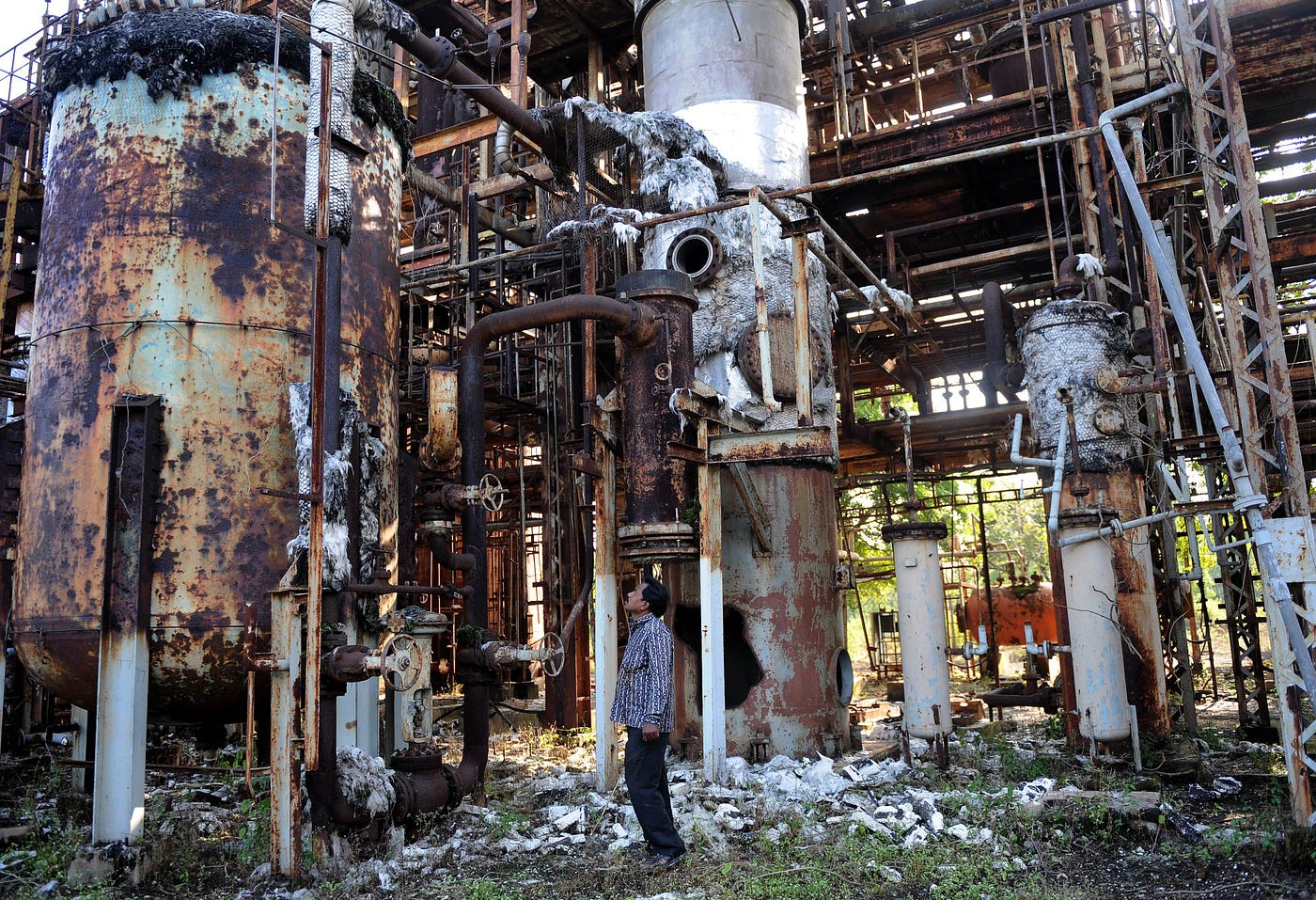
There have been several gaps in the payment of the decided compensation. Some victims approached the court with corrective pleas to reconsider the otherwise low amount of compensation. At other instances, UCC has defaulted payment of the agreed compensation. A letter by the concerned ministry dated February 2019 reveals that 3,629 cases and the injured involved are still fighting to secure the compensation amount of Rs. 61.72 crore. There have been multiple surging sets of appeals for ex gratia for the injuries suffered during the industrial mishap in Bhopal.
There have been recent speculations among the people that the Central Government may just run out of funds to pay the full compensation. The Welfare Commissioner Office in Bhopal in July last year had sent out a proposal to include an additional 3,629 cases for compensation, but the Centre has still not acted on the request. Sushant Huddan, the registrar in-charge to the office via his letter in June to the Central Government, warned about “agitation among the claimants” if the compensation is not paid.
The amount of compensation to be granted further seems to be insufficient when the number of people to whom it is to be disbursed rises. A significant number of people have claimed the said compensation as eligible survivors, moving their appeals to the appellate court in Bhopal. New cases of both permanent as well as partial disability have come up before the court and have been granted compensations, but are still awaiting their payment like others.
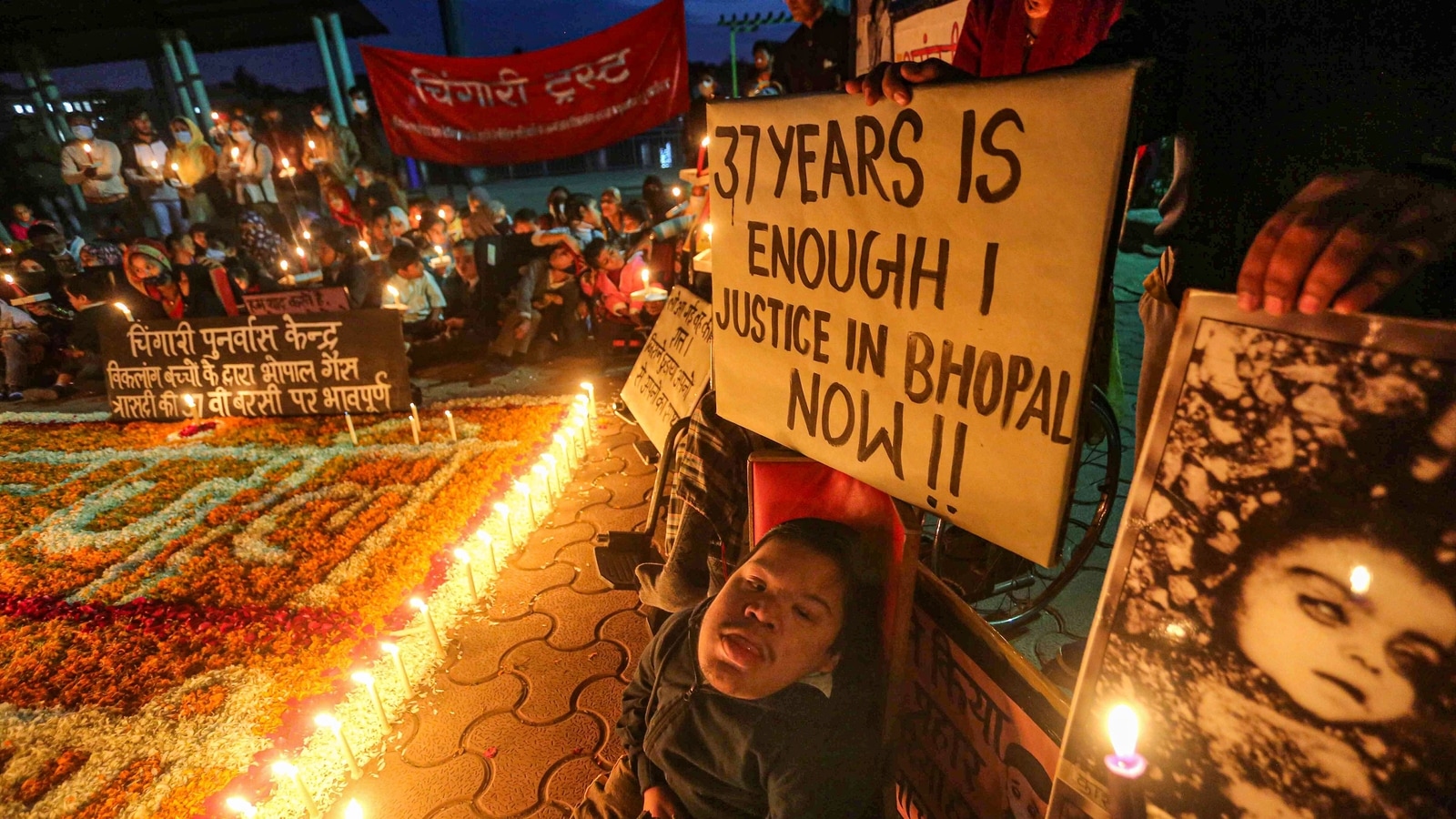
Running short of compensation to the survivors of the tragedy:
In the year 2017-2018, the Standing Committee on Chemicals and Fertilisers indicated that the funds are running short despite the ministry setting aside Rs 874.28 crore in 2010 for disbursement of ex gratia. At an approximate, somewhat 50,000 survivors have been compensated since the Bhopal Gas Leak in 1984.
However, there still remains around 48,000 claimants yet hoping to receive their payments. International Campaign for Justice’s Rachna Dhingra told in an interview that the Centre has been struggling to collect sufficient funds to disburse as compensation for all.
What the future holds for survivors of the Bhopal Gas Leak?
In June 2018, there was a review meeting in the Centre where it was decided that to meet the rising compensation demands, the corpus funds of the Bhopal Memorial Hospital Trust [BMHT] will be utilised, which will come somewhere across Rs. 891 crores. Assimilation of the BMHT with the All India Institute of Medical Sciences (AIIMS) was also seen as one of the probable solutions to facilitate the fund transfer as a relief to the injured.
The intention behind the proposal, according to a department of health research official, was to utilize the interest generated from such steps to treat and support the affected and the survivors of the tragedy. But these proposals are hanging in the air as the approval of the Cabinet on these proposals are still left. As per the law ministry, the minutes of the review meeting had to be consulted for the dissolution of BMHT.
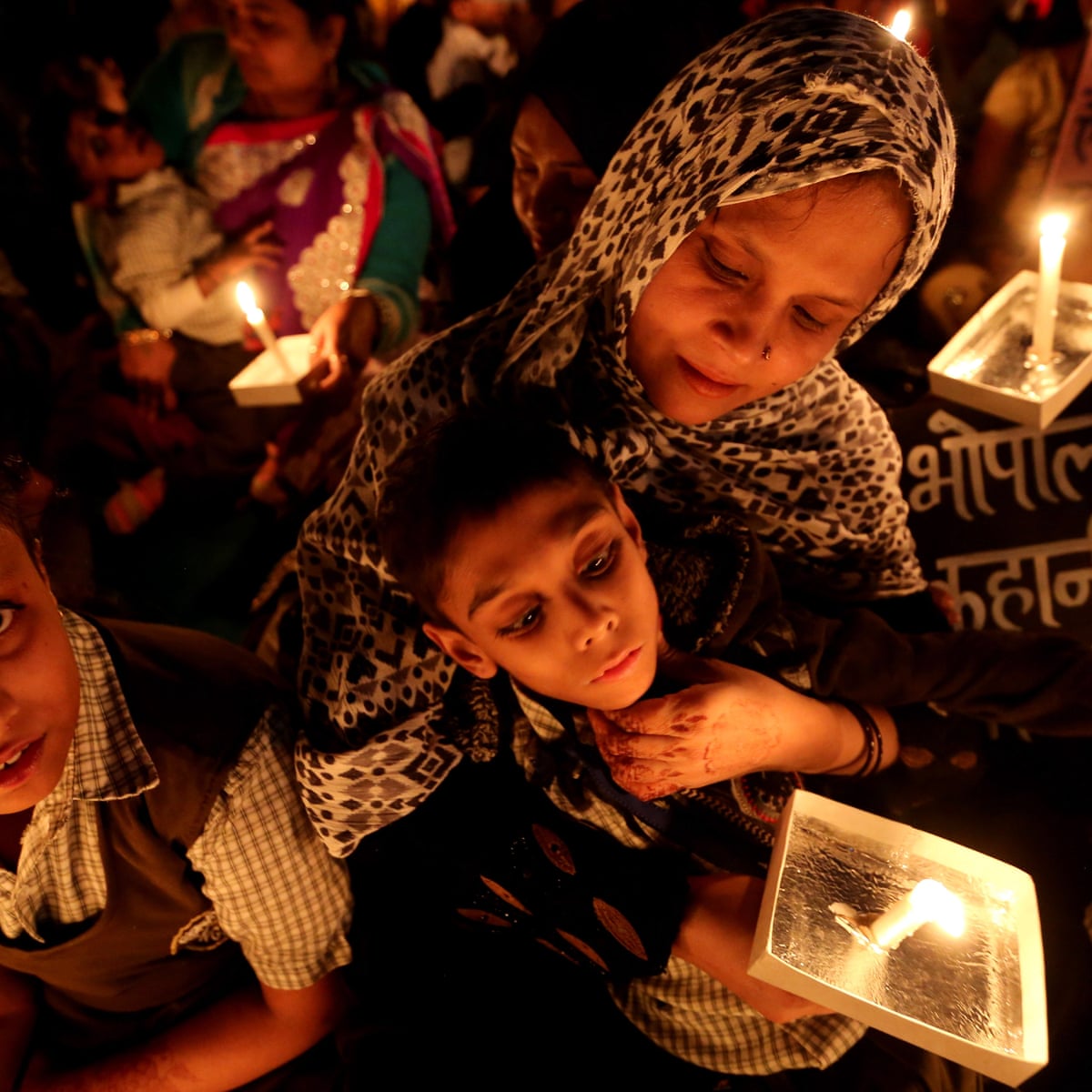
It is since this meeting that “all the payments of compensation to claimants have been frozen,” an official at the welfare commissioner’s office said in an interview, adding that the Centre has to act on the proposals before they can initiate further payments.
The official also remarked that the Modi government on August 28 “had committed to facilitate some payments through the hospital, and later pay it back whenever a budget was finalised.” One major roadblock in this proposal is that the dissolution of BMHT will not magically appear, it would require the approval of the Supreme Court. Rachan from ICJ has said that the BMHT fund was set up on the instructions of the SC and “cannot be used for non-medical purposes.”

